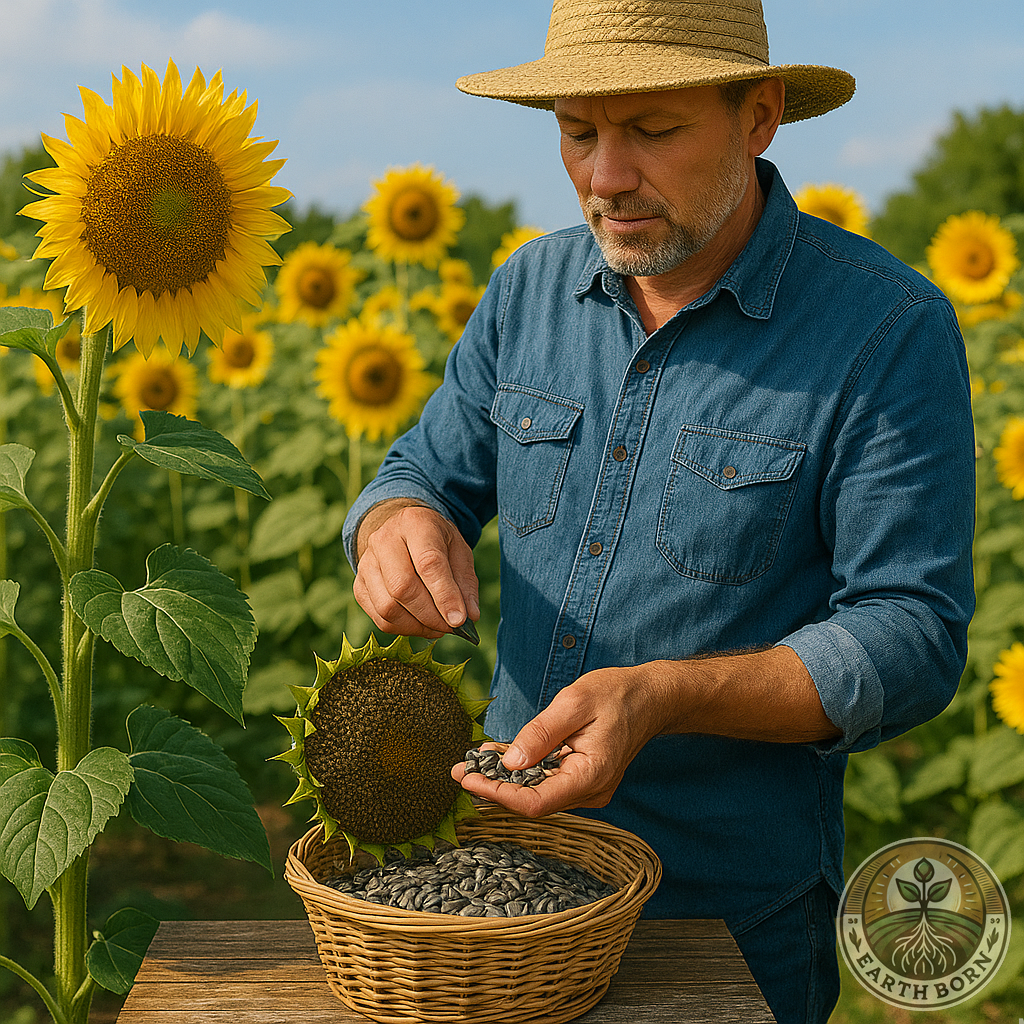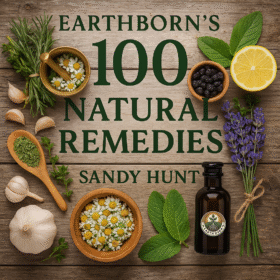
🌱 Introduction and history
The Sunflower (Helianthus annuus), belonging to the Asteraceae family, is one of the most beloved flowers worldwide. Native to North America, it was cultivated as early as 1000 B.C. by Indigenous peoples for its seeds, oil, and ceremonial use. Today, Sunflowers are not only admired for their striking beauty but also valued for their versatility in food, medicine, and ecological benefits.
💊 Medicinal Benefits
Sunflowers are more than ornamental giants. Their seeds are packed with vitamin E, magnesium, selenium, and healthy fats, supporting heart health and lowering cholesterol. Traditional remedies use sunflower extracts for:
- Reducing inflammation
- Supporting skin healing
- Aiding respiratory conditions
The oil is a common carrier in herbal remedies and skincare. Note: People with seed allergies should use with caution.
📅 When to Plant in South Africa
Plant Sunflowers in spring (September–November) for the best results. In warmer provinces, you can extend planting into early summer. They thrive in warm soil and long daylight hours.
🏡 Where to Plant
These plants grow best directly in the ground, not in pots. Choose a spot sheltered from strong winds, as their tall stalks can topple over.
🌞 Soil, Water & Sunlight Requirements
✅ Soil – Loose, well-drained, fertile soil enriched with compost.
✅ Sunlight – Full sun (at least 6–8 hours daily).
✅ Water – Water deeply 2–3 times a week, allowing soil to dry between waterings.
✅ Fertilize – Apply a balanced organic fertilizer every 2–3 weeks during active growth.
✅ Spacing – 30–60 cm apart depending on variety size.
✅ Seeds germinate – 7–14 days in warm soil.
✅ Transplanting – Best sown directly, but if started indoors, transplant seedlings when 10–15 cm tall.
✅ Maturity height – Ranges from 1.5 m for dwarf types to over 3.5 m for tall varieties.
🍓 Flowers & Fruit
Sunflowers bloom with large, bright yellow heads, sometimes with orange or red accents. The “fruit” is the sunflower seed—highly nutritious and delicious.
🌼 Companion Plants
Good companions include cucumbers, corn, and squash. They provide shade and act as natural trellises. Avoid planting near potatoes, as they compete heavily for nutrients.
🐛 Common Pests
Watch out for:
- Aphids
- Cutworms
- Caterpillars
- Birds (they love the seeds!)
🧺 Harvesting
Seeds are ready when the flower head turns brown and begins to droop. Cut the head and hang it upside down in a dry, airy place.
🫙 Storage
Once dry, rub seeds from the head. Store in airtight containers in a cool, dry place. Seeds can last up to a year.
🧪 How to Use as Medicine
- Infusion: Sunflower petals can be steeped in tea to relieve sore throats.
- Poultice: Crushed leaves may soothe insect bites.
- Seed oil: Applied to the skin for dryness and inflammation.
(Always consult a qualified practitioner before using medicinally.)
🎉 Fun Fact
Young Sunflowers exhibit heliotropism, turning their heads to follow the sun during the day. Mature flowers usually face east.
⚠️ Caution
Sunflowers are heavy feeders and can deplete soil nutrients quickly. Rotate planting areas each year. Some people may also have allergies to sunflower pollen or seeds.
📣 Call to Action
Bring sunshine into your garden this season by planting Sunflowers! Whether for their towering beauty, nutritious seeds, or cheerful blooms, they’re a rewarding addition. 🌻
#EarthBornGrower #SunflowerGuide #GardeningTips #GrowSunflowers #Helianthus


 **Meet Sprout!** Sprout is your friendly gardening companion at Earthborn, always ready with helpful advice on plant care, medicinal herbs, and natural gardening solutions. From seedling to harvest, Sprout provides expert guidance to nurture your garden and your well-being—making gardening easy, fun, and naturally rewarding.
**Meet Sprout!** Sprout is your friendly gardening companion at Earthborn, always ready with helpful advice on plant care, medicinal herbs, and natural gardening solutions. From seedling to harvest, Sprout provides expert guidance to nurture your garden and your well-being—making gardening easy, fun, and naturally rewarding.
